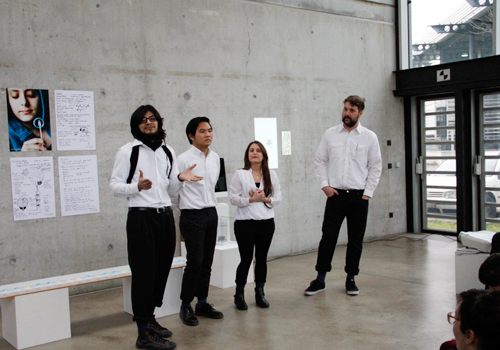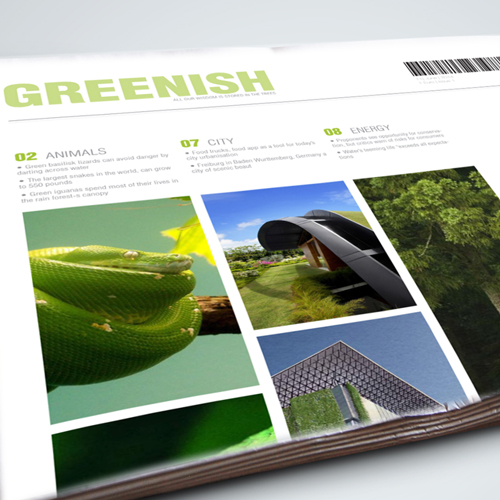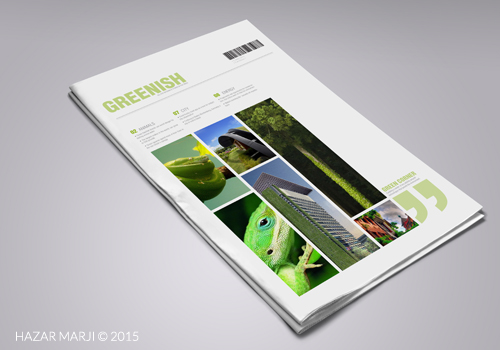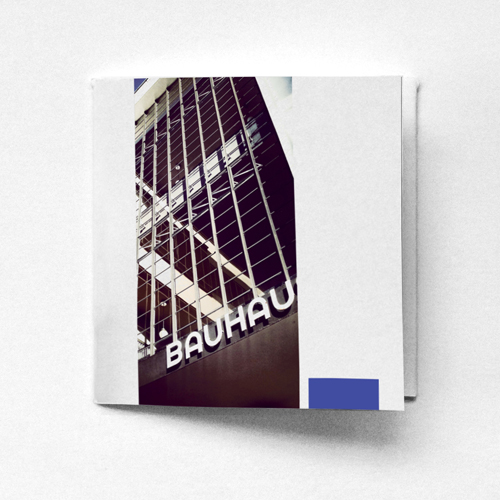Project by Christophera Lucius, Marta Kazimierczak, Shelley Woo, Hazar Marji, Passakorn Chantanakorn, Achmad Razzaq, Guilherme Förster, Nadine Tamler and Jakob Wolf.
The Oskar Schlummer Pop-Up Hotel was a temporary, flexible and mobile hotel, a collaborative project developed under the art direction of Brigitte Hartwig (Hochschule Anhalt Dessau) and Torsten Blume (Bauhaus Dessau Foundation) by students from different disciplines. All design elements – from the reception desk to individual sleeping places – were spirited with Oskar Schlemmer, who directed the Bauhaus Stage from 1923 to 1929.
During the 2014 Bauhaus Festival, working under the motto Bell and Spiral – Twisted World, Bauhaus master Oskar Schlemmer was chosen as the main topic. And it was there when an experimental hotel landed: the Oskar Schlummer Pop-Up Hotel.
As a hotel, all required functions were included (sleeping spaces, bathrooms, lobby, receptions and all the functions that you would normally find in a hotel). As an experimental hotel, it also offered an experimental space named “Laboratory”. Then comes the question: Why would a hotel, normally a place just for sleeping, provide this Laboratory? The answer is quite unusual, because this hotel doesn’t want you to pause by sleeping, but by going to another world with the experiment.
The concept for the hotel was based on Oskar Schlemmer’s masterpiece, the “Triadic Ballet” (1927), a revolutionary work that transformed the human body into moving architecture. Three scenography divisions from the Triadic Ballet, “Yellow”, “Pink” and “Black,” were used to design the layout plan of the hotel. “Yellow” gave feelings of life, joy and excitement, and was used as a “Welcome Space”. “Pink” expressed the feelings of strangeness, unnatural and the transitory, therefore it was used as a “Laboratory”. And “Black” grants the feelings of calmness, peace and silence so it was used as the “Sleeping Space”.
In the Laboratory, guests were invited to perform as costume-figures on our stage. We asked them to stop their reality, and go to the world of mechanical systematic machinery: wearing odd costumes of the Triadic Ballet would give you the power to transform yourself into something else through a performance of systematic and mechanical gestures. This combination would take you to another planet, where there are no feelings nor emotions; all you would need to do is just try to explore the new planet with your extended body and experience all the new feelings that you discover. The entire experiment in the Laboratory was photographed and then offered to the guests as postcards. After that, guests were also welcome to go to the party and dance in the same systematic mechanical gestures that they practiced, and of course, with the costumes.
Because the less you sleep, the more Schlemmer you are!
Go back to Christophera’s/Marta’s/Shelley’s/Hazar’s/Passakorn’s/Achmad’s/Guilherme’s/Jakob’s profile or navigate through their projects:














































